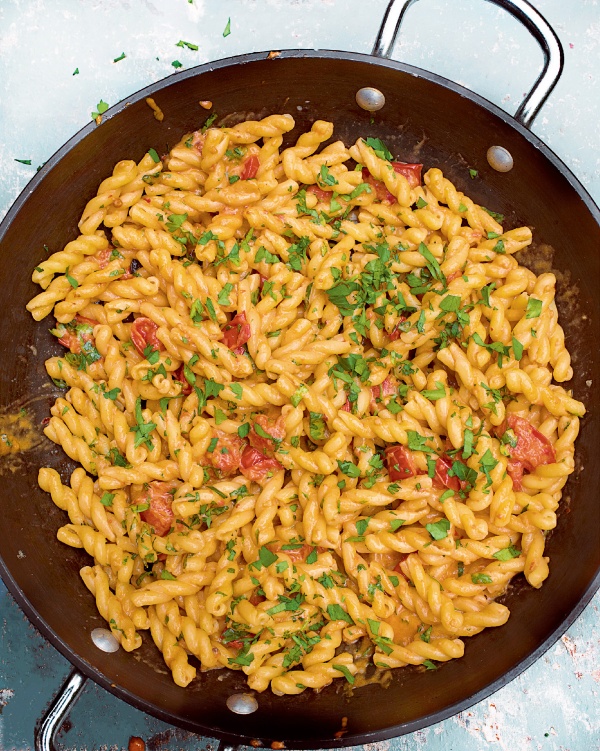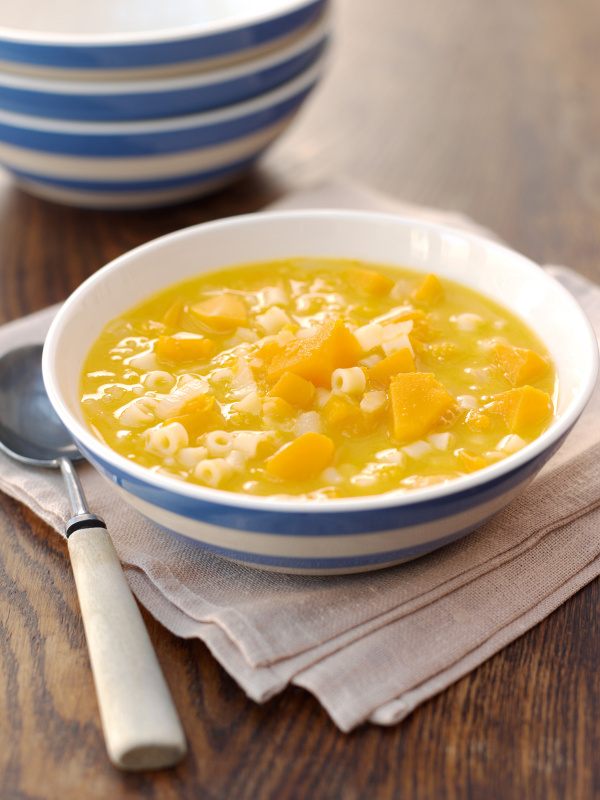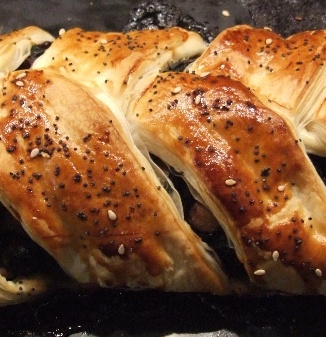Soggy Pastry Bases
Asked by stella.cox. Answered on 7th September 2011
Full question
I have tried putting pastry dishes onto hot baking tays or direct on to the oven shelf, used glass, tin and enamel but I still seem to have a wet patch at the centre of my pastry. Why? it's almost as if it's uncooked but I know that it is cooked. Should I brush the bases with egg white, let it dry and then bake? Stella
Our answer
We are not sure if you are baking your pies or tarts "blind" or already filled, but we are assuming that they already have a filling in them and this may be the cause of the soggy pastry crust as some of the liquid from the filling in the pie or tart will leak into the pastry causing the base to be slightly soggy.
For flans, tarts and quiches it is best to cook the pastry base first, without the filling. This is known as "baking blind". Once the dish has been lined with the pastry dough chill it well. Just before baking line the pastry filled dish with a piece of greaseproof paper or baking parchment (parchment paper) and fill the base this with baking beans or rice, making sure the beans or rice come up the sides of the pastry base to prevent the sides from collapsing in. Baking beans can be special ceramic ones designed for baking, or can be regular dried beans or rice but please note that you will not be able to cook the beans or rice after using them for baking (you can however keep them in a jar and use them time and again for baking). Bake the pastry at the temperature recommended for your recipe (for regular shortcrust pastry this is usually 200c/400F and for sweet pastry 180c/350F) for around 20 minutes, until the edges of the pastry are lightly golden. Remove the dish from the oven and carefully lift out the paper and beans, then return the dish to the oven and bake for a further 5 minutes, or until the base of the pastry looks dry. You can the fill the pastry base and bake the filling. Some people like to paint the surface of the pastry base with lightly beaten egg white after the beans have been removed and before returning the dish to the oven as the egg white cooks onto the surface of the pastry and can act as a slight sealant to help to keep the pastry crisp. We tend to prefer to use fluted metal flan/quiche tins (with loose bottoms) for tarts as the metal heats up very quickly which cooks the pastry well and gives an attractive presentation when the tin is removed.
Double crust pies are not usually blind baked first and so will tend to have less crisp bases. It can help to pre-cook the filling first, particularly fruit, as you can drain off any excess liquid coming from the filling before putting it into the pie. This will reduce the liquid leaking into the pastry when the pie is baked. However make sure the filing is thoroughly cooled before adding it to the pie as a warm filling will also lead to soft pastry. Pie dishes are now usually made of heavier materials, such as Pyrex, ceramic or earthenware, and there is litte difference in the performance of the different types.






Tell us what you think
Thank you {% member.data['first-name'] %}.
Explore more questionsYour comment has been submitted.